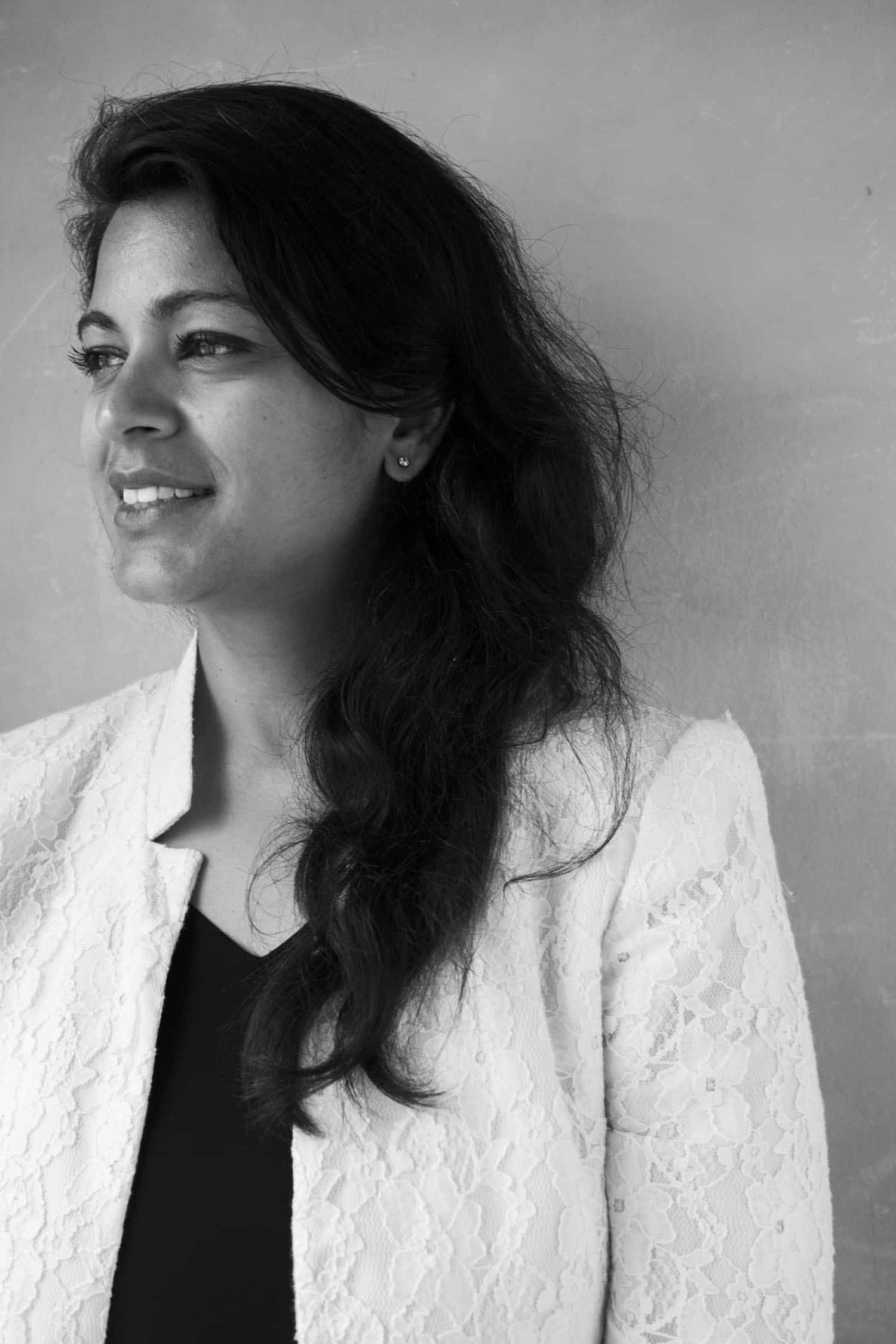“Limitations to women’s decision-making financial power due to cultural and familial norms need actual laws and policies. Coordinated policy action, working with the private sector, can help narrow the digital gender gap and ensure ethical principles to protect citizen’s rights” – Sheetal Sharma, (PhD) – Senior Immunization Advisor at CORE Group.
How does the work you do empower women and girls in low and middle-income countries around the world?
Gender and equity are at the forefront of my work with reflections such as what is the gender ratio on a organizations’ board, in their staff and when it comes to making decisions that impact their lives – who needs to be ‘at the table’, making decisions to improve lives.
This sense of enabling change across gender comes from a time when I was starting my career in public health in rural Nepal post-conflict in 2007. The sheer disparity and limited access women and girls had to social, economic and health decisions was overwhelming. I was sitting outside a health center, with my manager at the time, alongside us Nepali women waiting for the clinic to open and thought how can we ever change this reality? We had to support women to create the change they wanted in their lives; how can we as a global community increasingly ‘open doors’ for change.
That incident had a big impact on me. Since then, in every role I have had, I aim to collaborate with my peers and work with the systems with gender considerations in mind. For example, in my current role, I work so that women and girls can be at the forefront of immunization decisions at the community, country and global levels. I work with communities to share stories about solutions for accessing immunization services, as part of the Momentum Routine Immunization Transformation and Equity project. We use a gender transformative lens with consideration for gender and birth order in our learning agenda for the Gavi Zero-Dose Immunization Program in the Sahel and Horn of Africa.
How can technology support the advancement of gender equality worldwide?
Technology is a great social equalizer. In the 1980s, content about the Government of India’s health and social policy aired on TV and viewed in rural India had a great impact on women’s autonomy in making decisions about their reproductive health was significant.
Other technological advances like internet access enable more women to access such information for informed decision-making for health and other social matters. However, there is a gap as 327 million fewer women than men have a smartphone and can access the mobile internet. Women on average are 26 per cent less likely than men to have a smartphone: In Africa, the proportion stands at 34 per cent and in South Asia, it doubles to 70 per cent.
How can we innovate policy and programs and work with the private sector to achieve gains in gender equality even with technology access? As a global community, we need to keep working to increase access to tools for girls and women and the communities they live in to use them to shape strategies and narratives that have a positive impact on their lives.
What’s your favorite app or website, and how does it bridge the gender divide?
I have a few I can mention. Like Safaricom’s M-pesa support women and men in Kenya to obtain rapid access to finance businesses and make payments like school fees and taxes at a fee, all without the need for a bank account, Safaricom also supports a health insurance platform M-TIBA that helps increase access to health services.

In 2011, the Girl Effect: The clock is ticking made a huge impact on me visually, as it moved away from the stereotypical images used in global development and was clever in the use of statistics and narrative, as a result, I used it to contextualize issues while delivering training for adolescent groups and community health workers and volunteers and the feedback was positive.
Finally, I will mention https://www.shecodesfoundation.org/, a site that is increasing access to STEM for girls globally.
What more changes would you like to see in the journey towards gender equity globally? How can these changes be innovated in the global south?
Technology in many settings can support positive change for women and the communities they live in if accompanied by great deal of work that must go into designing and distributing ethical digital solutions and can we leverage both social change as well as the private sector while continuing to protect people’s rights and privacy.
We have a way to go – for example, a 2015 study of 173 economies found that 155 have at least one law impeding women’s economic opportunities. In 18 of these countries, it is legal for husbands to prohibit wives from working. Could innovation and technology be a part of the much-needed catalytic change by improving access for women and girls, particularly in low- and middle-income countries and how can we keep putting health rights into people’s handheld devices?
Transformative products like these apps and websites won’t overcome every obstacle. Limitations to women’s decision-making financial power due to cultural and familial norms need actual laws and policies. Coordinated policy action, working with the private sector, can help narrow the digital gender gap and ensuring ethical principles to protect citizen’s rights.
Programs and policies designed in the global north need to include those in the global south as co-creating and equal partners. With lessons from the global pandemic, we can learn from each other to create solutions for the world’s toughest challenges.
Any parting shot?
When it comes to meaningful change once we stop asking questions around gender equality like ‘Are we there yet’, we will know we’ve made strides in gender equality.

